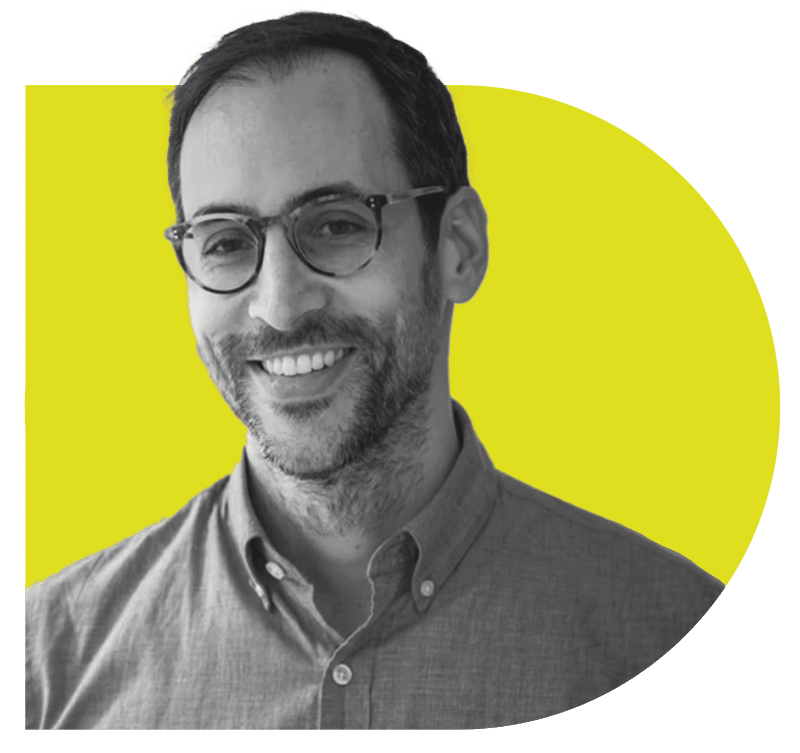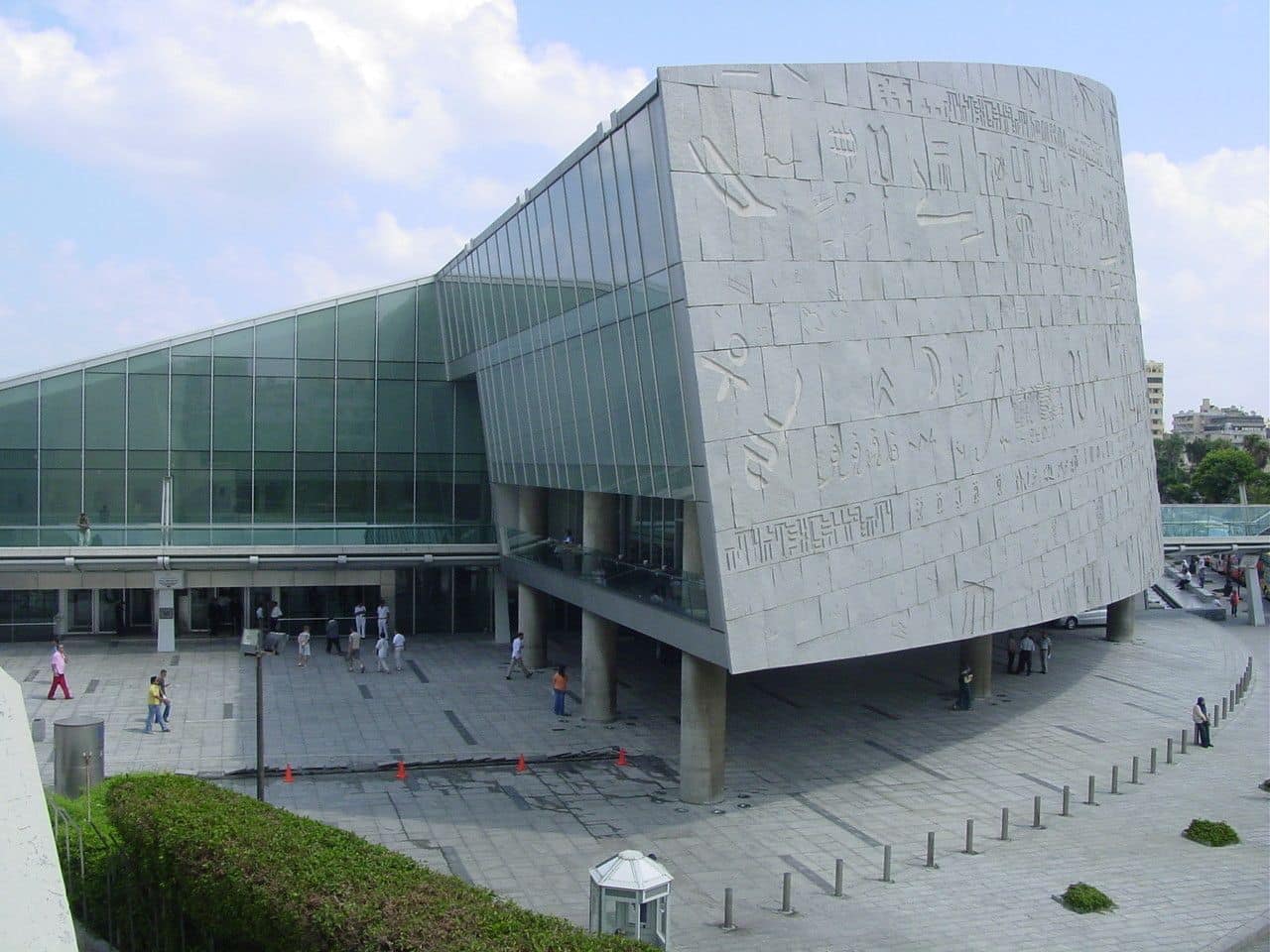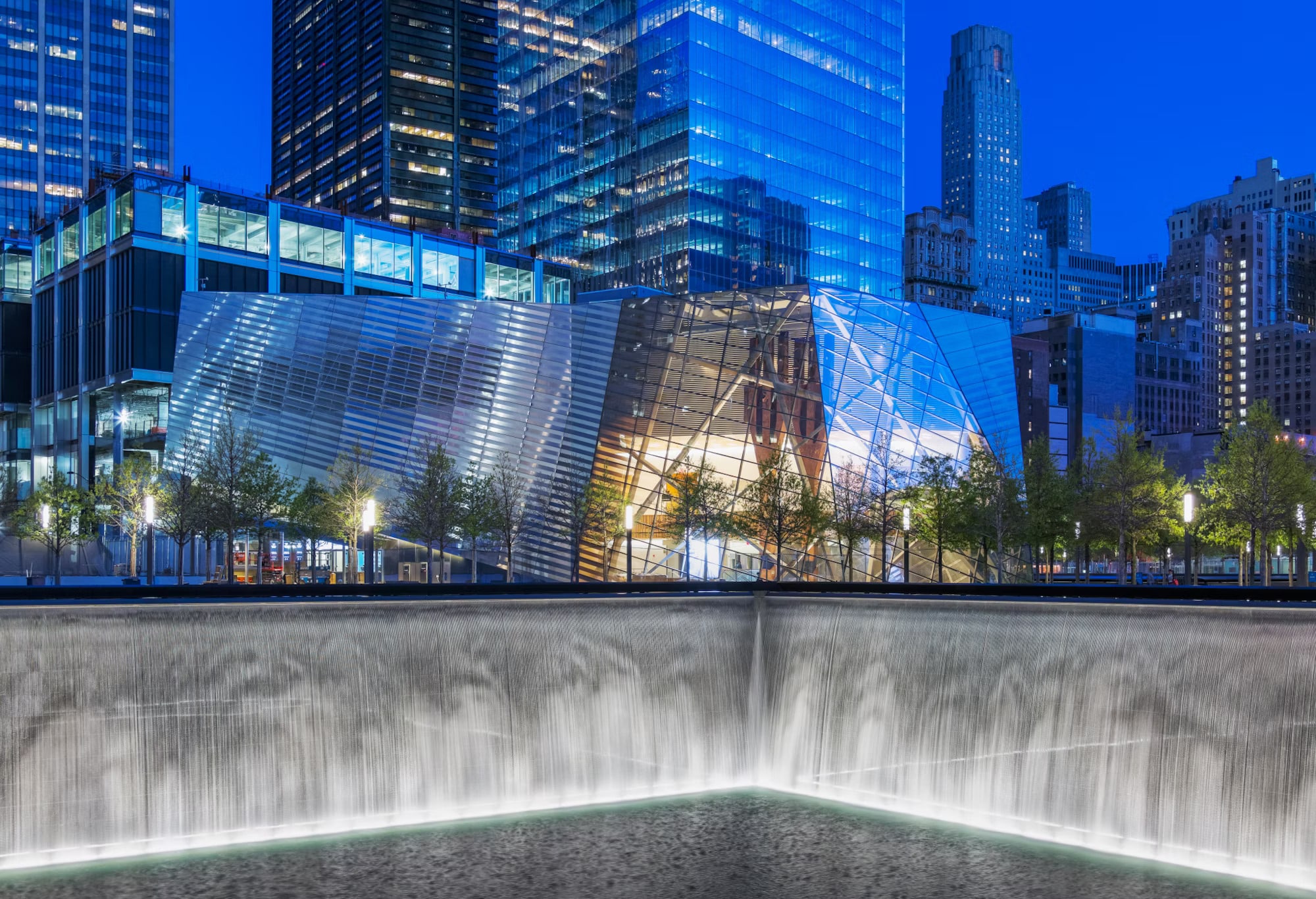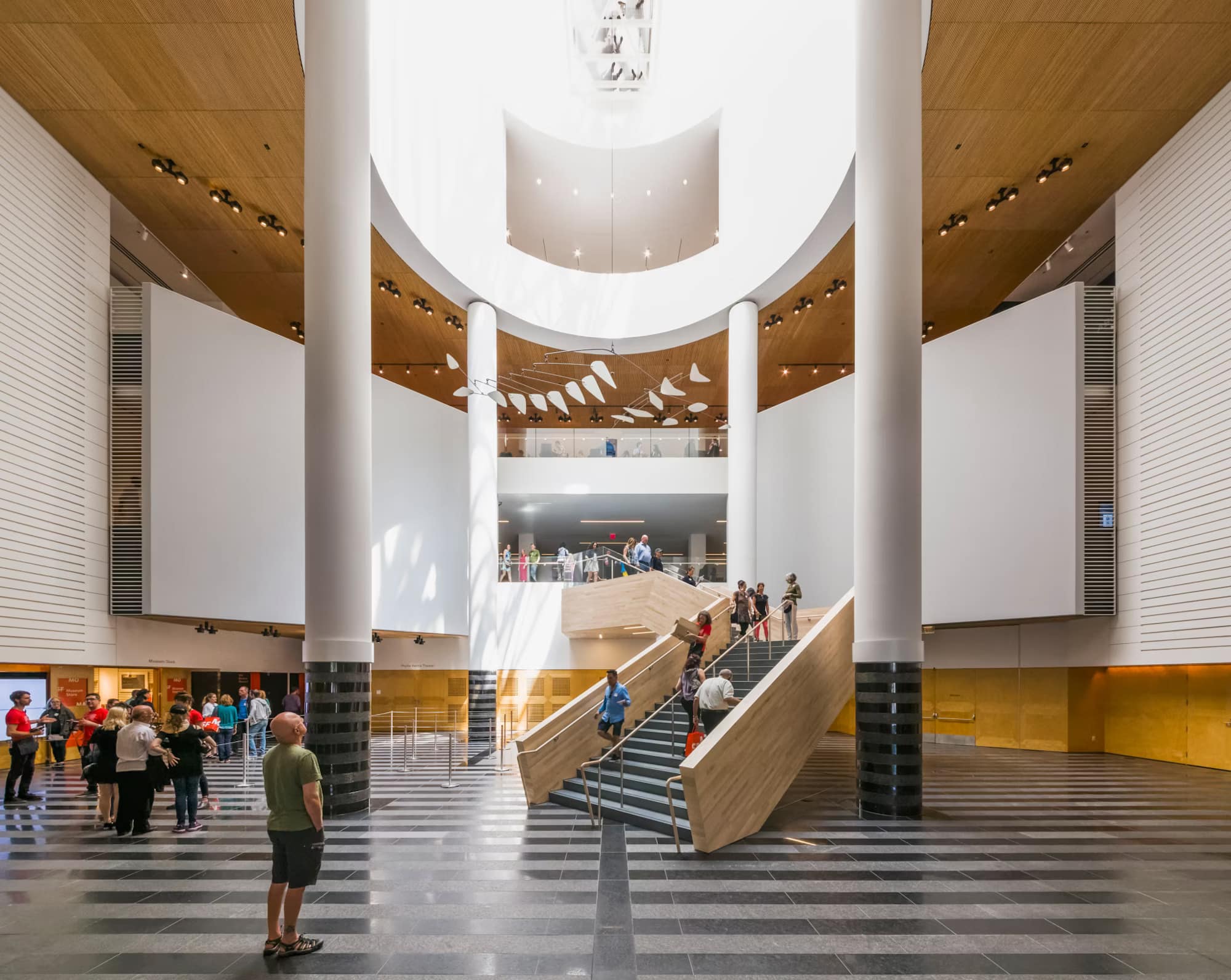Conversations

Aaron Dorf

Internationally acclaimed architecture and design firm Snøhetta is celebrated for innovative, sustainable, and contextually responsive designs, emphasising architecture as a force for good.
We spoke with Snøhetta director Aaron Dorf about this proposition, his firm’s powerful body of work, and the role of the architect in the 21st century.
Founded in 1987 by Kjetil Thorsen and a group of young Norwegian architects, Snøhetta's breakthrough came when they partnered with American architect Craig Dykers in Los Angeles in 1989. Together, they won an open, international competition to design the new Library of Alexandria, in Egypt, resulting in the acclaimed Bibliotheca Alexandrina, completed in 2001. This project, which was an experiment in working across disciplinary boundaries and physical locations, marked the beginning of the Snøhetta we know today, commencing a period of rapid growth, with groundbreaking projects and numerous accolades across the world.

Image courtesy of Snøhetta: Bibliotheca Alexandrina Public Library, Alexandria, Egypt.
Within a few years, Snøhetta's awards haul for the Bibliotheca Alexandrina included the World Architecture Award and the Aga Khan Award for Architecture. Their next statement project, the Oslo Opera House, completed in 2008, also won the World Architecture Award as well as the Mies van der Rohe Award, the EDRA Great Places Award, and the European Prize for Urban Public Space.
Then, in 2010, Snøhetta received the Global Award for Sustainable Architecture, recognising their project’s commitment to the environment. Not a bad start for a youthful collective wanting to challenge established norms.
Aaron Dorf joined Snøhetta in its fledgling New York office in 2007, soon after the Bibliotheca Alexandrina was completed, and was immediately put to work on The National September 11 Memorial Museum Pavilion in New York—a project Snøhetta had recently won the competition to design.

Image courtesy of Snøhetta: The National September 11 Memorial Museum Pavilion, New York, USA.
He says that joining Snøhetta straight out of graduate school, and working on such an intensive and politically-charged project gave him an ideal entry into the company - with the youthful exuberance and incredible self-belief that won the design competition still energising the practice.
“Although already an established company by this point, in New York we were still a scrappy group of only seven or eight when I arrived in 2007. Because of rapid growth, at unexpected times or locations, we have a tremendous startup, DIY mentality that's never gone away,” Dorf says.
“That’s really the birth of this company. It was always multinational and multidisciplinary - made up of architects, landscape architects, interior architects, and more recently, graphic and product design. We're a multi-arm design agency, with reach right around the world,” he says.
Far from that ‘scrappy group’ he first worked with, Snøhetta currently employs over 350 people from 40 nations, with staff members distributed across nine regional studios located in cities such as Oslo, New York, San Francisco, Innsbruck, Paris, Adelaide, Melbourne, Hong Kong, and Shenzhen.
Dorf says that, in many cases, the opening of new offices has been driven by design competition wins that have underpinned the momentum of the firm.
“The evolution of the office happened in these bursts of creativity and incredible good fortune. The New York office was set up shortly after winning the September 11th project, while our next office in San Francisco was established soon after we won one of our next stepping stone projects - the San Francisco Museum of Modern Art expansion.

Image courtesy of Snøhetta: Inside the San Francisco Museum of Modern Art expansion, USA.
“Each significant new project has caused us to expand what we do as well as how and where we do it. That’s what keeps everybody interested and rejuvenated - the projects have to feel fresh, the problems unique and difficult, often with some challenge that’s entirely new to us, to spark passion and bring our best work forward,” he says.
Given that Snøhetta's early success was built on such groundbreaking projects designed to engender meaningful emotional experiences, does Dorf believe there is a foundational ethic that emerged from this style of project?
“I think if there's one thing that’s consistent in our work, it's that we look for opportunities to create or enhance social engagement. This can mean a lot of things. It can mean working closely with communities that are looking for ways to connect disparate groups, or sometimes it’s about reducing exclusivity to make projects more accessible to a wider audience,” Dorf says.
“I sometimes point to the Norwegian National Opera and Ballet, in Oslo. These cultural programs can often be fairly exclusive performances, too often limited by wealth and privilege. Our approach to a project like that is to democratise it.
“How can we create a cultural space, where regardless of interest or access to opera or ballet, you couldn't resist visiting anyway - to inhabit it, to climb the structure as you would a public park? By doing this, you welcome new people and communities to share an experience by inviting them to become curious about the place and the performances hidden within - in addition to what goes into their creation. All of that is on display once you get there, but something irresistible has to make you want to come.
“It’s maybe less about the obvious, tangible qualities and more about the larger ephemeral experience of coming to a place anchored in a city or community and how those things produce unique moments of interaction,” he says. So, does Snøhetta have a signature that is obvious to the observer? “From our perspective, each of our projects can only have been designed for one place and one time. And I'm sure we’re not the only design office that feels this way, but we really take it to heart.
“We have so little repetition in the way that we approach our design work, sometimes to our detriment, but the project usually benefits. The materials and the details come together each time as a singular expression of this function in this place and time.”

Image courtesy of Snøhetta: The Theodore Roosevelt Presidential Library, North Dakota, USA.
“This process of design renewal keeps us invigorated and fully engaged. Sometimes we keep working with the same clients, the same project type or place, and still something new emerges. Those can be really exciting for us because familiarity with one aspect of the project lets us go even deeper with others,” he says.
Snøhetta’s philosophy is to be a positive force in the world. But how does the company imbue that as an uplifting motivation for the team, rather than just trying to leave a mark on some building somewhere?
“Between getting different degrees, I worked in residential and similar fields. It was interesting and a great way to learn, but ultimately, it wasn't very fulfilling to spend a tremendous amount of time and energy on something for one person or one family.” “Snøhetta is a step in the other direction where I can spend that energy making things for a much broader public. That was the most valuable step I could take in my career, the thing I was determined to try. I was so appreciative of that opportunity. I still am”
Sustainability is another key way that Snøhetta demonstrates they can be a positive force for good.
“As an office, we've been experimenting and evolving our process in terms of how we maintain our role in the world as good stewards of humanity and the planet itself.” “We’ve been pushing much farther over the last decade, with an increasing focus on climate-positive design and trying to expand that across the practice. I feel a desperate urgency here and am personally refocusing myself on that task. I help lead a climate group in our North American offices, which we have variations of across our global studios.
“This is where that next step in our work is. It's in turning our practice from being focused on a singular place, where we design for specific, more local communities into something that expands the lens to consider the impacts of every decision globally. That's the right thing to do for the planet and for people. It’s also the only thing to do because there's nothing left if we don't rapidly shift our thinking,” he says.
So, can architecture save the world?
“Not by itself, but it has no choice. The building industry is collectively responsible for close to 40% of emissions in the world when you add up all the sectors - industrial, commercial, residential, etc. - it’s a huge chunk of the pie.” “We, as architects, each affect a piece of that. I don’t know how I could continue to practice if I didn't try to figure out how to turn the industry towards something positive.”
Dorf says that Snøhetta is working on a number of projects now where the ambition is not just to achieve neutrality, but actually be net positive. These efforts are demonstrated by their design for the Powerhouse Brattørkaia in Norway, a building that generates more energy than it consumes, setting new standards for eco-friendly design, or the Theodore Roosevelt Presidential Library in the U.S., which is designed to achieve full Living Building Certification.

Image courtesy of Snøhetta: Powerhouse Brattørkaia, Trondheim, Norway.
“We need to offset the embodied energy in all of our building materials, including fabrication, delivery, construction and replacement, as well as the operational energy used to power our projects, so that ultimately what we create is better than if we had done nothing at all. As designers, we have to curb our instincts to increase our scope and find ways to build less, with extreme efficiency and intelligent restraint.”
“However, you have to acknowledge that doing nothing is not usually an option, because without renewal, things fall apart. So, if something has to happen, we have to find the most positive way forward,” he says.
Snøhetta’s ambition to preserve and protect the environment serves as inspiration for staff and clients alike.
“Inspiration is critical to keep moving forward. Passion drives effort and positive outcomes. We have to find ways to do it through our work, measured by results, as well as in who we are as a practice, measured by how we do that work.”
Dorf says the number of these projects is growing, and client interest is growing, but feels like it’s never happening fast enough.
“We have to keep pushing hard and leaning into how we can take all of our work and move it forward faster than it’s been going. It really needs to happen yesterday, but tomorrow will have to do,” he says.
